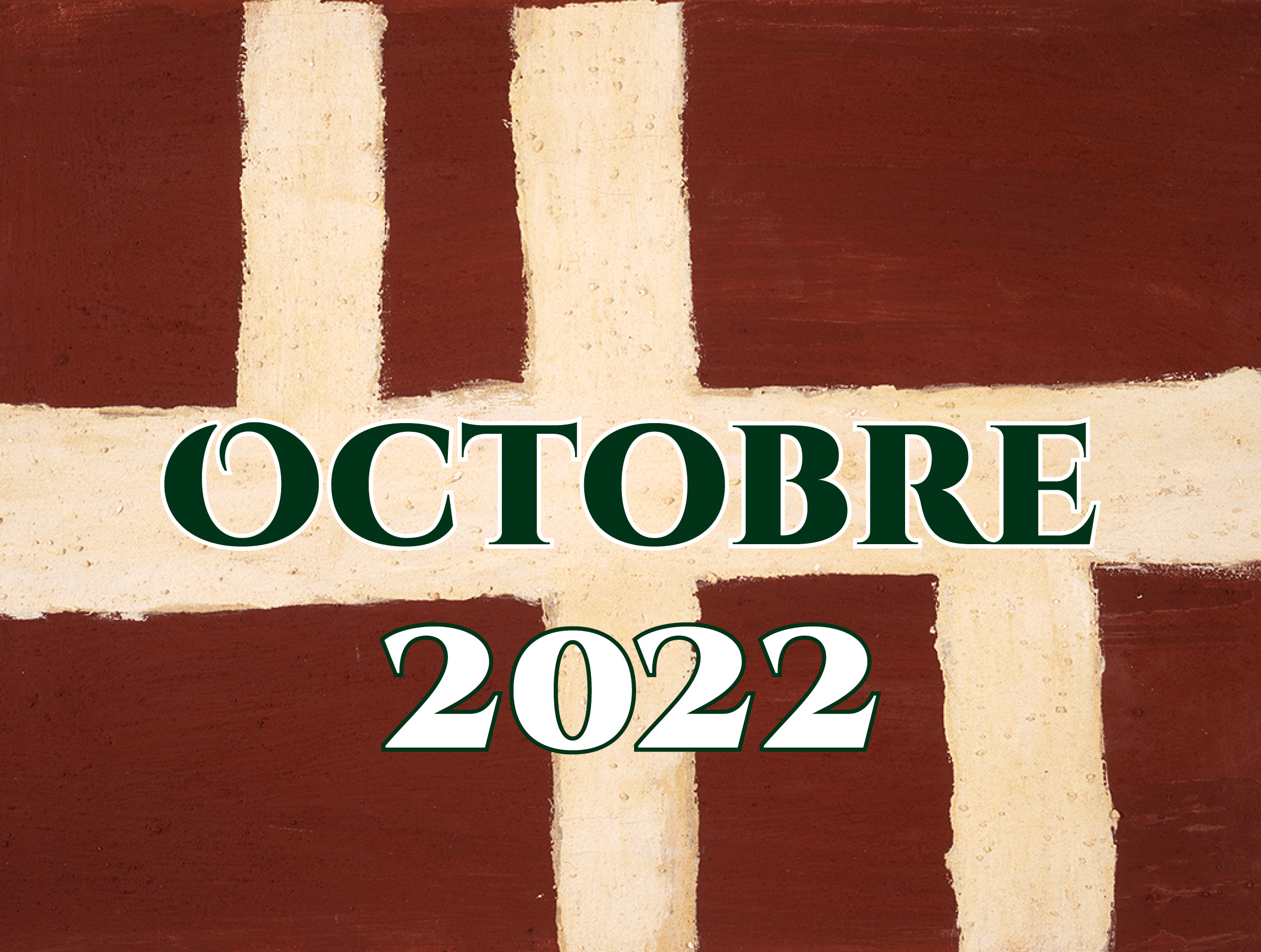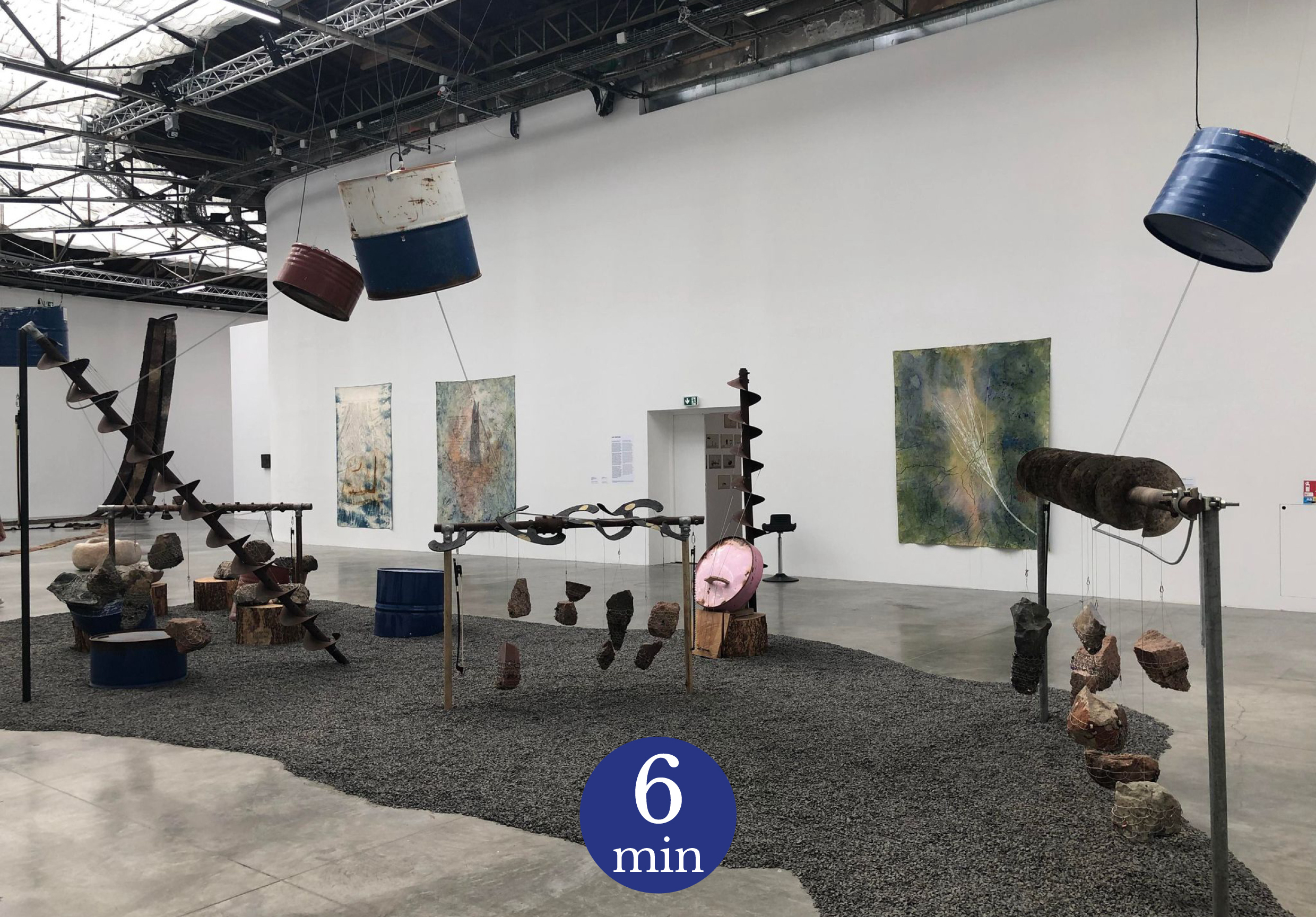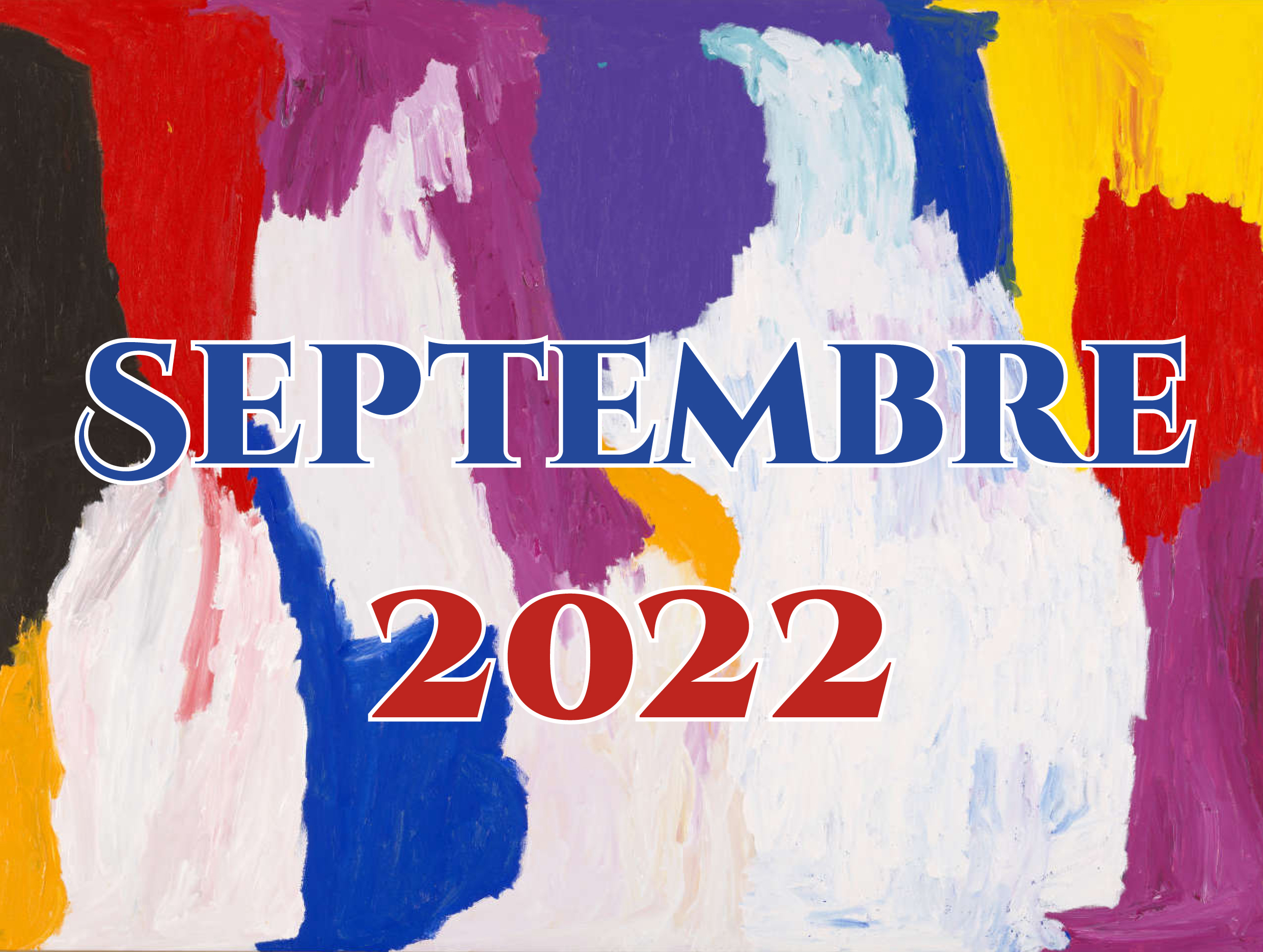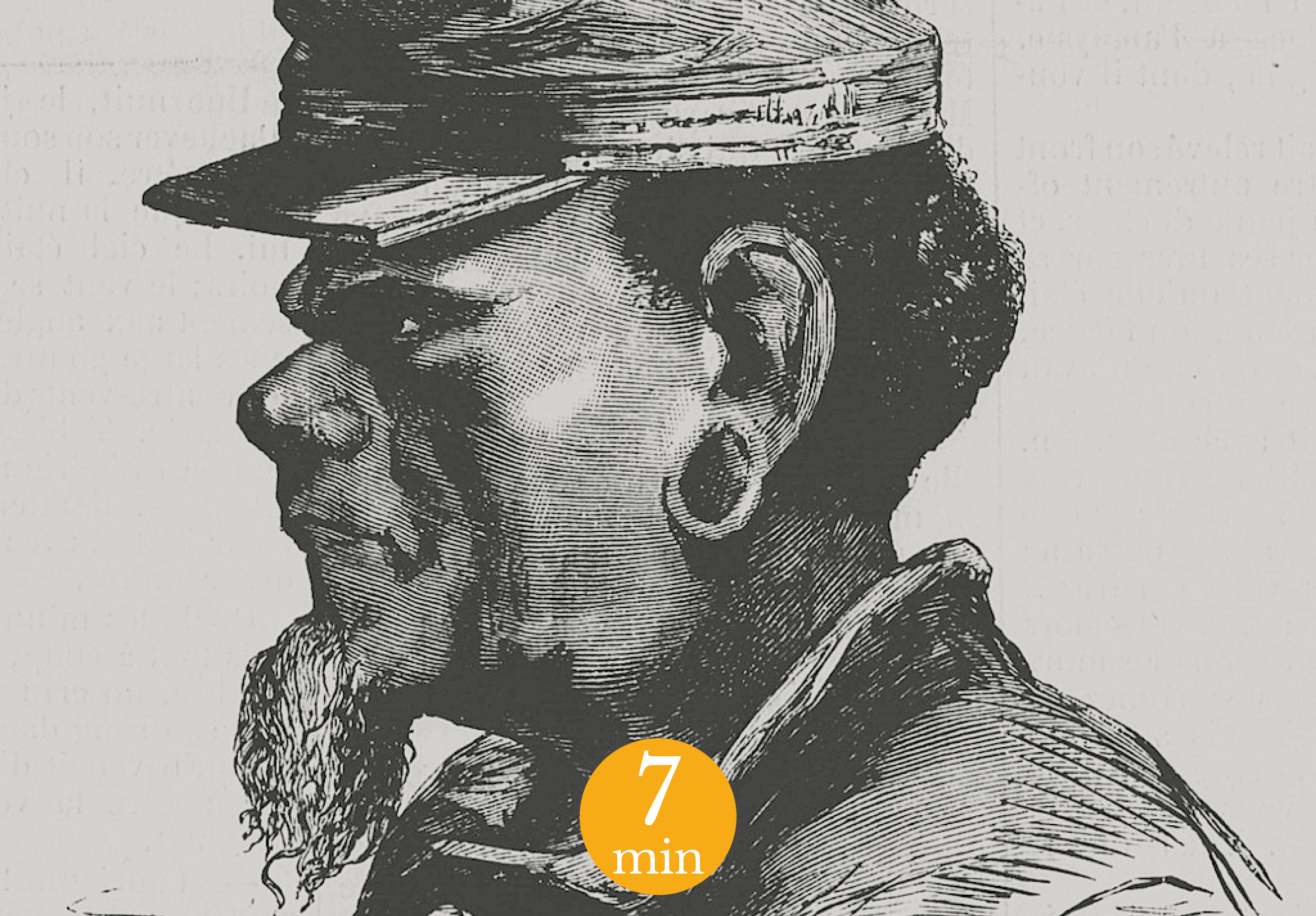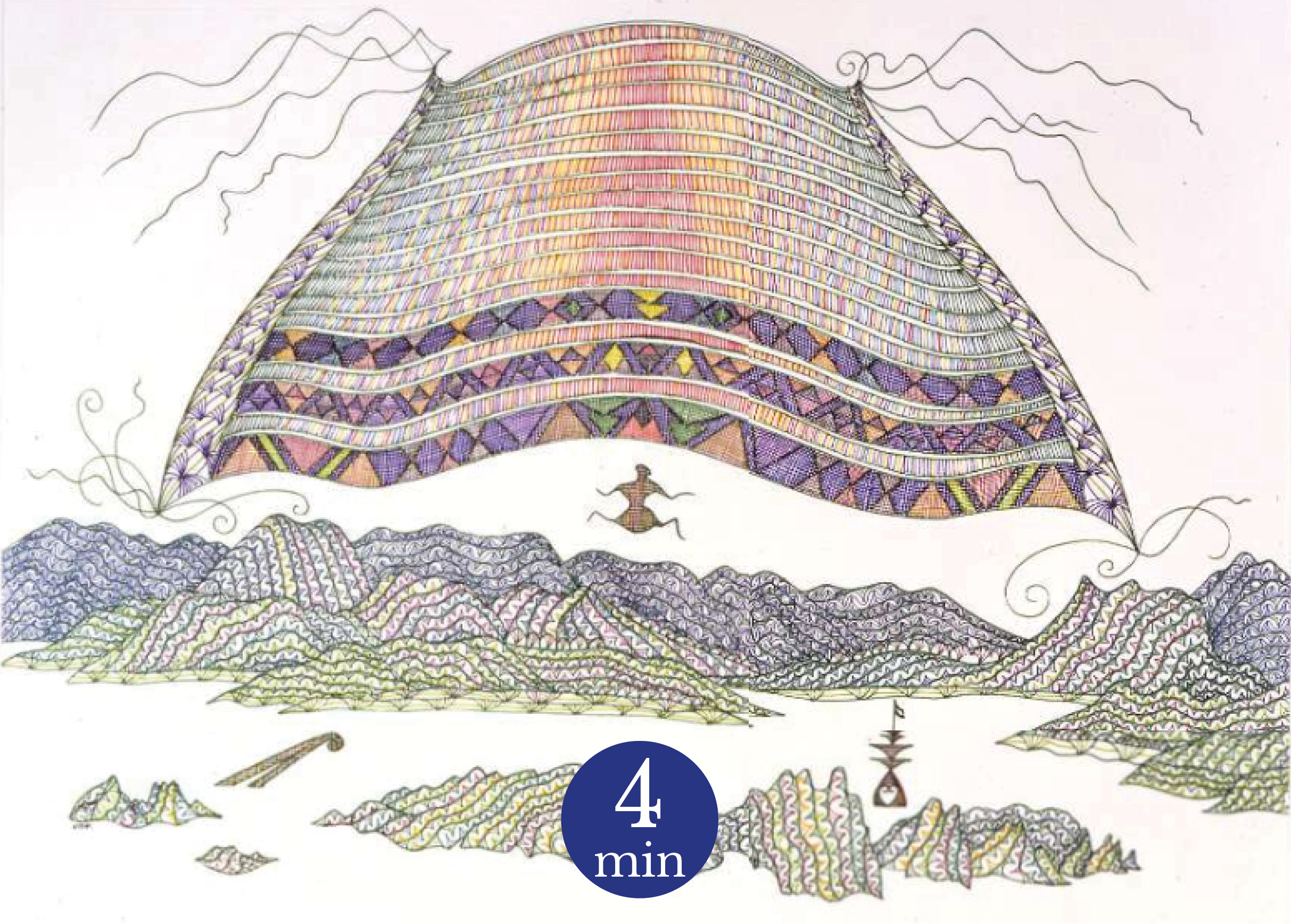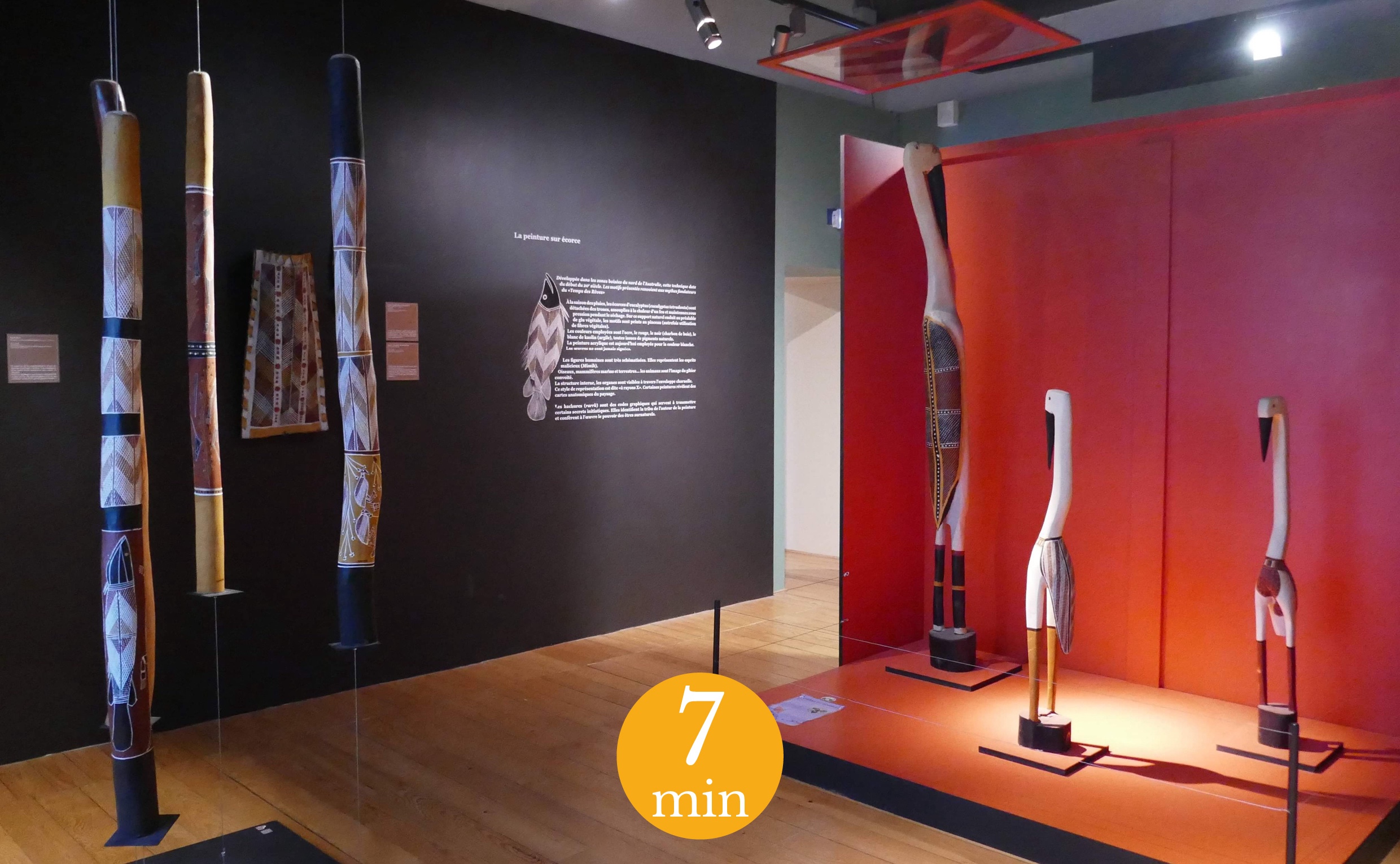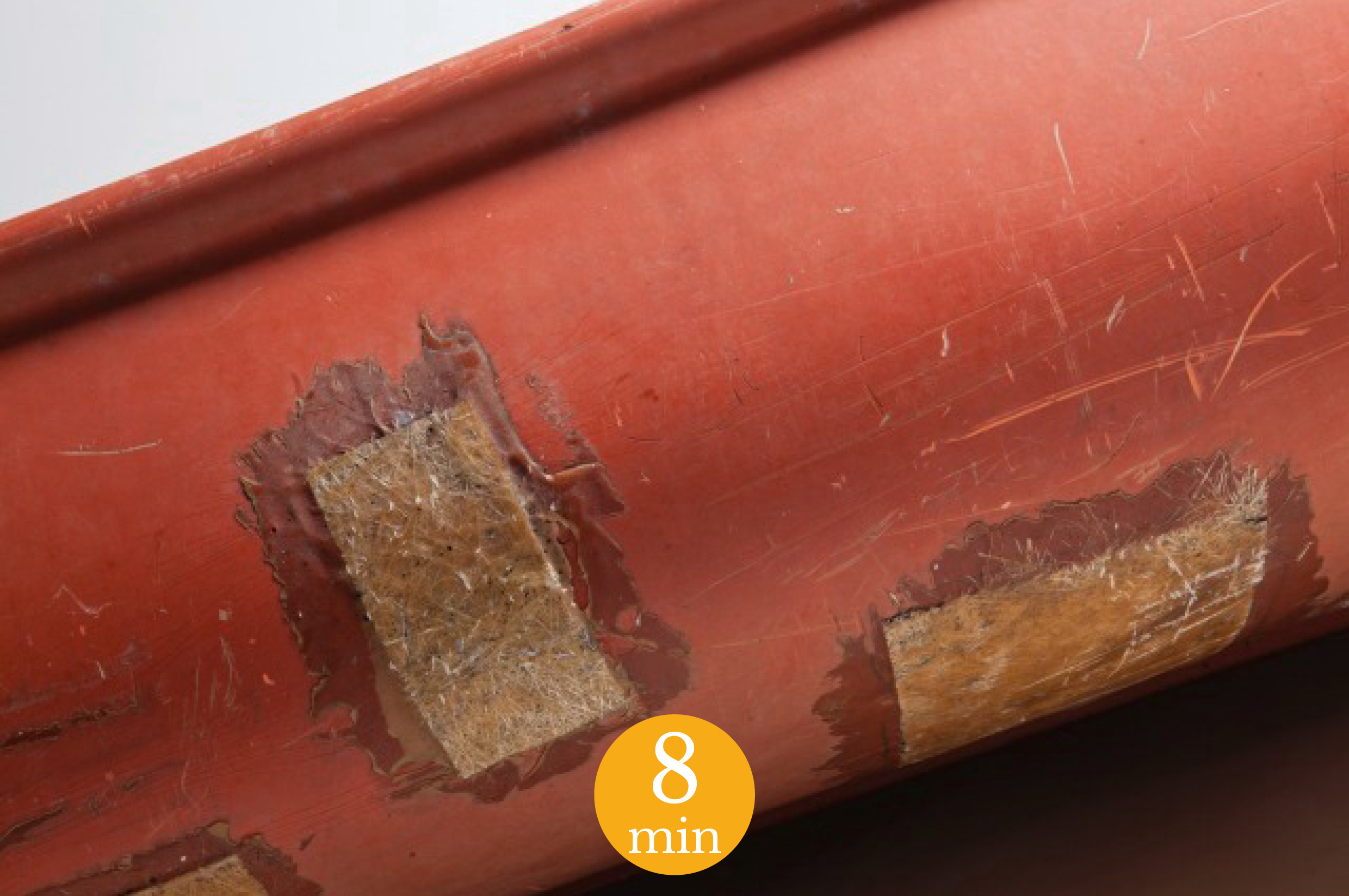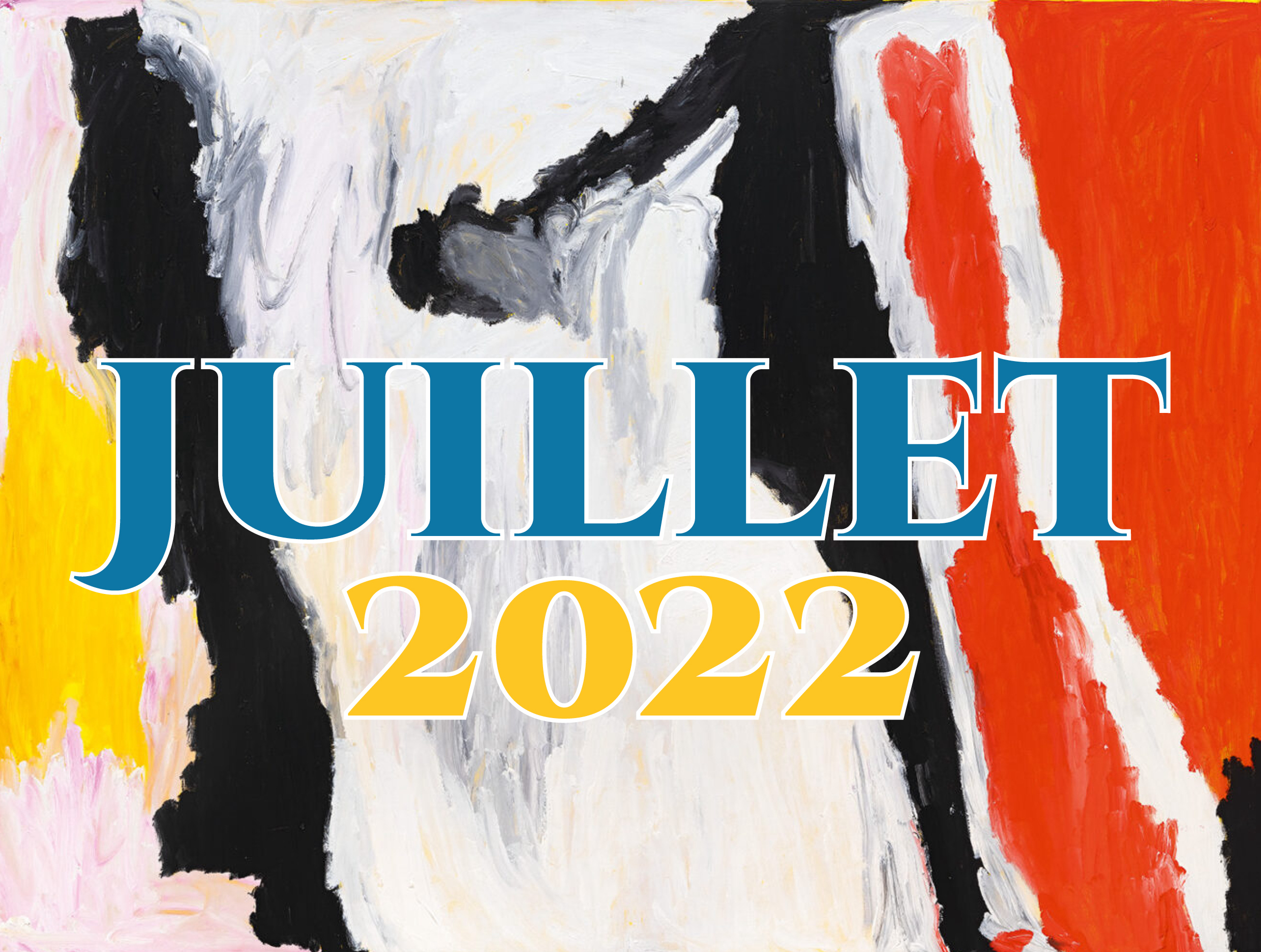
Reclaiming the Earth: Climate Change at the Palais de Tokyo?
" Réclamer la terre est une prise de conscience autant qu’un cri de ralliement. »1 Dès la première phrase de son texte introductif et de sa présentation en ligne sur le site internet du Palais de Tokyo, l’exposition Réclamer la terre, visible du 15 avril au 4 septembre 2022, affichait une ambition prometteuse. Daria de Beauvais, commissaire d’exposition au Palais de Tokyo, s’est associée à deux conseiller·e·s· scientifiques de taille pour l’organiser. La première est Ariel Salleh, chercheuse et activiste écoféministe née en Australie en 1944, dont le travail et les engagements portent sur les relations entre humains et non-humains, en s’intéressant notamment à d’autres perspectives de pensées que les paradigmes euro-nord-américains dominants. Le·a second·e est Léuli Eshrāghi, artiste, commissaire d’exposition, auteur·e, poète né·e à Samoa et d’ascendances sāmoane, perse et cantonaise. Dans son travail expographique et artistique, Léuli Eshrāghi interroge les conséquences coloniales et le besoin de réparation, de soin et de guérison des cultures autochtones discréditées par les anciennes puissances coloniales. Le titre de l’exposition est quant à lui inspiré par l’ouvrage Reclaim the Earth: Women Speak Out for Life on Earth, édité par Leonie Caldecott et Stephanie Leland en 1983.2 Read More
Guide du « que faire en septembre 2022 ? » spécial Pacifique
Tinpis Run : On The Road of Papua New Guinea
Tinpis Run is often referred to as Papua New Guinea's first fiction film. Although the first movies made by Indigenous people, particularly in the capital Port Moresby, date back to the 1970s, Tinpis Run is the cult film of Papua New Guinea cinema. This road movie in Tok Pisin with English and French subtitles, directed in 1991 by Pengau Nengo, was a success internationally. The film was nominated at the Locarno International Film Festival and the Valladolid International Film Festival. - It received a special mention at the Rotterdam International Film Festival in 1991 as well as the Best Actor Award at the Balafon Festival in 1996. So, this week, let's go on the road of this movie full of humour and poetry! Read More
From Ataï's fight to the fight for Ataï's return - Human remains and museum restitutions in France
Depuis ces dernières années, l’opinion publique et les média s’emparent du débat autour des restitutions des œuvres collectées au cours de la période coloniale. En novembre 2021, la restitution par la France de 26 œuvres à la République du Bénin, a fait couler beaucoup d’encre. Ces demandes de restitutions de la part des pays anciennement colonisés prennent part aux revendications post-coloniales et pointent du doigt les modalités illégitimes de collecte historique des œuvres. Read More
John Bevan Ford: bringing a Maori world to life
A harmony of coloured strokes, interlacing lines that form mountainous landscapes, sketch stylised silhouettes, draw dugout canoes sailing on the sea, compose large 'capes' that spread out in the sky. The painted works of Maori artist John Bevan Ford are immediately recognisable. They are peaceful and harmonious, and the many symbols in them arouse curiosity. In this article, CASOAR gives you some keys to read them. Read More
Guide du « que faire en août 2022 ? » spécial Pacifique
Extra-European arts in the heart of Forez, the Museum of Civilizations in Saint-Just-Saint-Rambert
If during your holidays or wanderings in the Loire countryside you pass by the town of Saint-Just-Saint-Rambert in the Forez region, don't hesitate to take a break at the Daniel Pouget Museum of Civilisations. This municipal museum, which opened to the public in 1965 and is now a Musée de France, is located in the former priory of this town, at the foot of the Romanesque church. Created by the association of the Friends of Old Saint-Rambert, it aims to discover local civilizations (those of Forez), but also extra-European civilizations. How could a museum located far from the coasts and ports, gather more than 10,000 objects of extra-European art, coming from all the continents? As for many museums of extra-European art inland, thanks to passionate local figures, collectors, travellers...
Crocodile's teeth, bear's claws - meeting(s) between Val Plumwood and Nastassja Martin
Le livre Dans l’œil du crocodile1 débute avec un récit, celui d’une « rencontre »2, entre l’autrice, Val Plumwood (née Val Morell, 1939-2008) et un crocodile. Cette rencontre a lieu dans le Territoire du Nord australien, en 1985, sur la rivière East Alligator du parc national Kakadu. Plumwood, fine connaisseuse des environs, s’est engagée sur un nouveau trail, préparé par le ranger Greg Miles, qui lui a proposé de le tester avant qu’il ne soit ouvert au public. Des fortes pluies ont néanmoins gonflé les eaux qui bientôt gomment les marques du parcours. Se décidant à rentrer, Plumwood aperçoit soudain ce qui ressemble à un bâton : Read More
